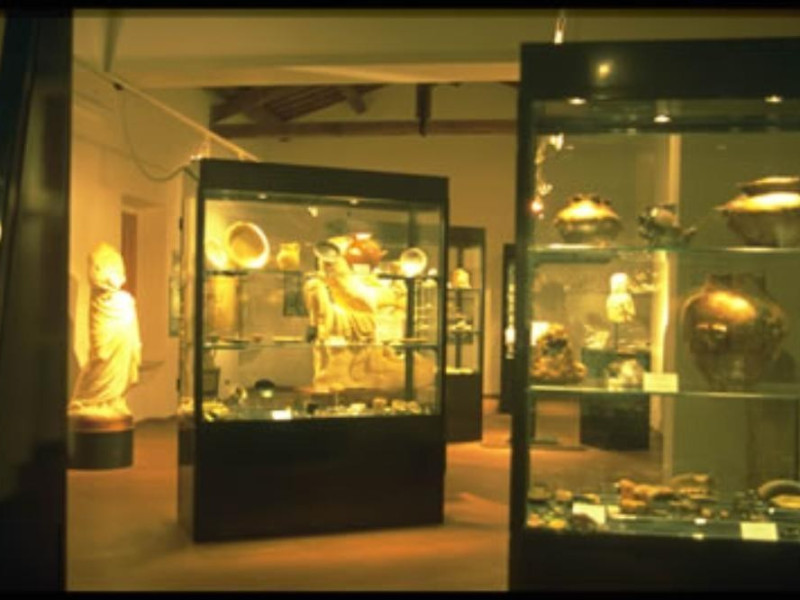Luogo - Museum
ANTIQUARIM COMUNALE "DON CELESTINO PICCOLINI"
Where
VIA MONTE ALBANO, SNC, Guidonia Montecelio (Roma)
The museum is situated in the historical ex-Oratory, which overlooks the main piazza of Montecelio.
Despite the small size of the exhibitive spaces, it offers comprehensive documentation of the cultures and civilisations that have inhabited the area from prehistoric times, with special attention being paid to the rural and rural-residential aspects of the type of Roman villas, illustrated with materials and objects of great documentary value.
There is extensive documentation of the objects of daily use (instrumentum domesticum), decoration and sculptures that cover the whole imperial age. Most of the objects on show originate from the digs carried out by the archaeological superintendence for Lazio in the
Tenuta del Cavaliere area, where three statues were discovered inside a villa: a young boy depicted as Hercules (end II-beginning III century); a draped female figure, and lastly a rare copy of a young Dionysos sitting by Lisippo.
There are also ceramic relics and ornaments that date back to the ancient protohistoric settlement of Corniculum, identified with Montecelio.
Despite the small size of the exhibitive spaces, it offers comprehensive documentation of the cultures and civilisations that have inhabited the area from prehistoric times, with special attention being paid to the rural and rural-residential aspects of the type of Roman villas, illustrated with materials and objects of great documentary value.
There is extensive documentation of the objects of daily use (instrumentum domesticum), decoration and sculptures that cover the whole imperial age. Most of the objects on show originate from the digs carried out by the archaeological superintendence for Lazio in the
Tenuta del Cavaliere area, where three statues were discovered inside a villa: a young boy depicted as Hercules (end II-beginning III century); a draped female figure, and lastly a rare copy of a young Dionysos sitting by Lisippo.
There are also ceramic relics and ornaments that date back to the ancient protohistoric settlement of Corniculum, identified with Montecelio.

